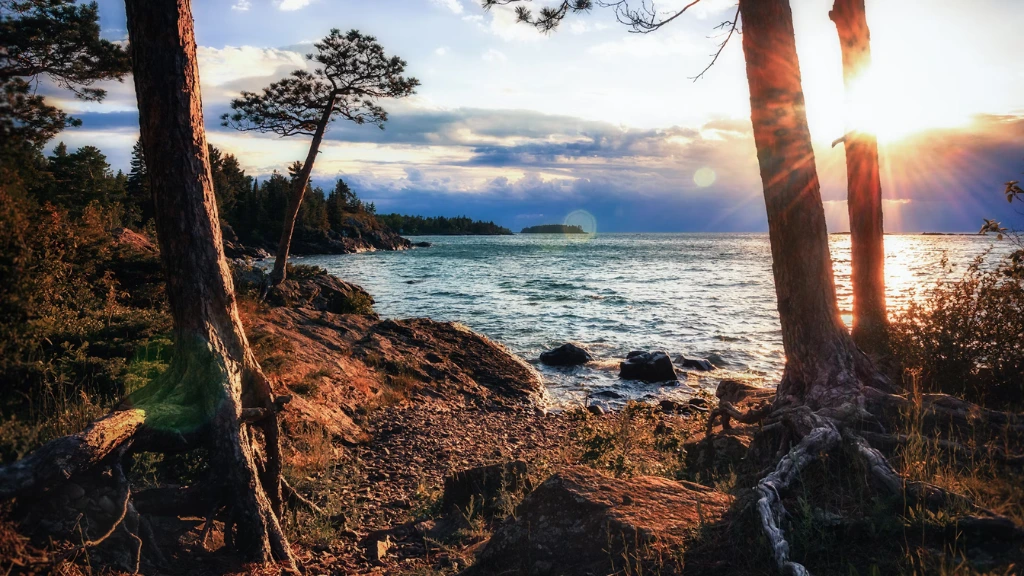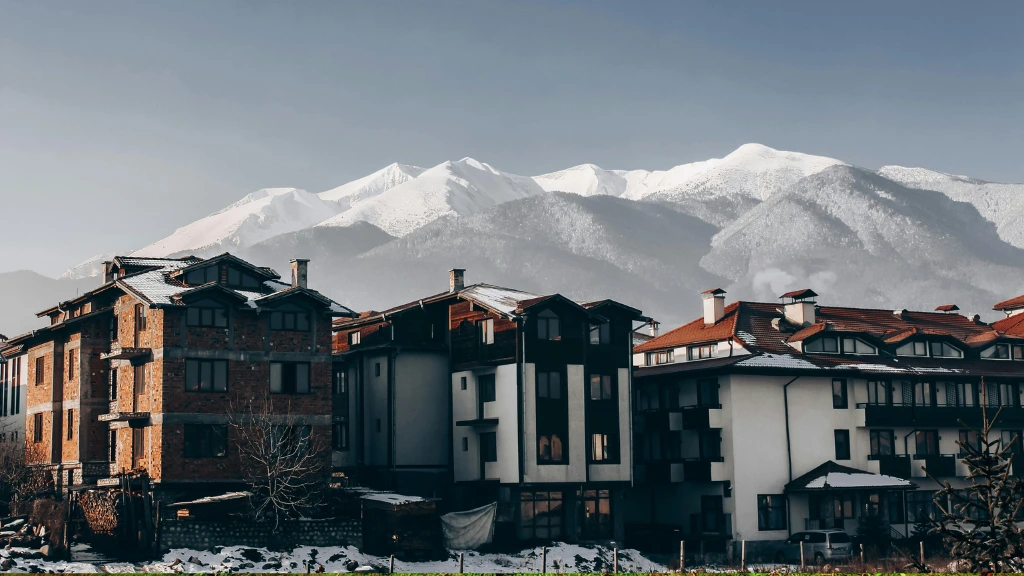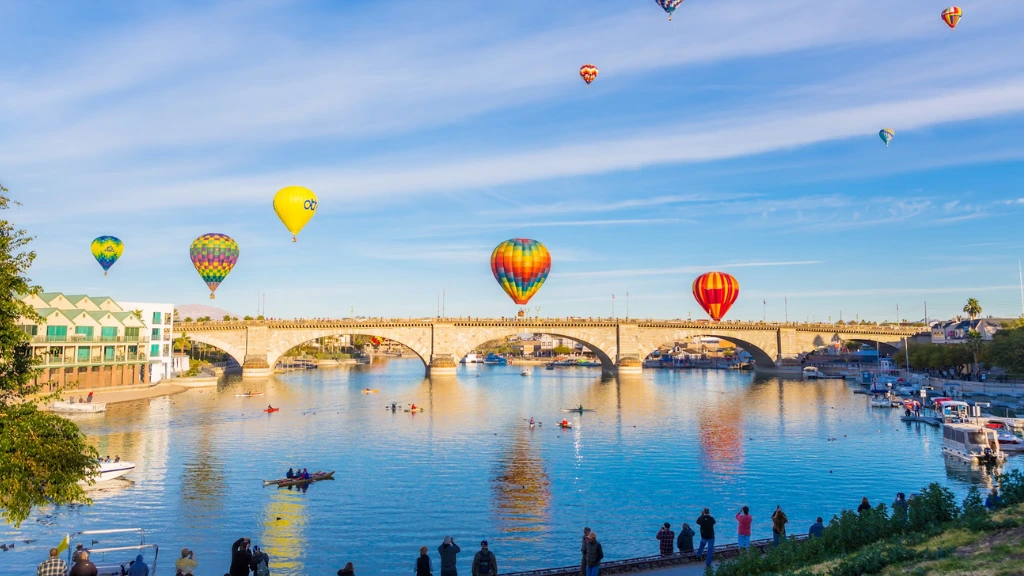Beaujolais, a wine region often overshadowed by its more famous neighbors like Burgundy and Bordeaux, is a hidden gem waiting to be discovered. Nestled in the eastern part of France, Beaujolais offers a blend of scenic vineyards, charming villages, and wines that capture the essence of the French countryside. For first-time visitors, this region is a paradise that offers not only remarkable wines but also an authentic taste of French culture, far from the bustling tourist spots.
In this guide, we’ll introduce you to Beaujolais, from its history and iconic Gamay wines to must-visit villages and tips for planning the perfect trip.
You May Also Like: Bali vs Phuket: How to Choose Between These Two Divine Islands
1. An Introduction to Beaujolais: The Land of Gamay
The Beaujolais wine region is located just south of Burgundy, stretching from Lyon in the south to the northern reaches of the Rhône-Alpes. While the region produces a variety of wines, it is best known for its red wines made from the Gamay grape—a varietal that thrives in the region’s granite-based soils.
Unlike the full-bodied, tannic reds from Bordeaux or Burgundy, Beaujolais wines are light, fruity, and highly drinkable. They’re often described as “approachable” wines, making them perfect for both casual wine drinkers and seasoned connoisseurs. The fresh, juicy flavors of red fruit such as cherry and raspberry, combined with floral notes, make Beaujolais wines unique and refreshing.
One of the most well-known wines from this region is Beaujolais Nouveau—a young wine released just weeks after harvest, celebrated with the worldwide “Beaujolais Nouveau Day” every November. While Beaujolais Nouveau is fun and festive, there is much more to discover in the region’s other wine classifications, including Beaujolais-Villages and the prestigious Cru Beaujolais wines, which offer more complexity and depth.
2. Understanding the Wine Styles: From Nouveau to Cru
As a first-time visitor, it’s important to understand the different styles of Beaujolais wine. The region is divided into three main classifications: Beaujolais, Beaujolais-Villages, and Cru Beaujolais. Each offers a distinct experience for wine lovers.
- Beaujolais Nouveau: This is the youngest and lightest of the wines, designed to be consumed shortly after fermentation. It’s celebrated for its lively, fruity profile, often served slightly chilled.
- Beaujolais-Villages: Made from grapes harvested in 38 designated villages, Beaujolais-Villages wines are a step up from the basic Beaujolais. They offer more structure and complexity, with richer fruit flavors and a longer finish.
- Cru Beaujolais: These wines come from ten specific villages (or “Crus”) in the northern part of Beaujolais. Each Cru offers a distinct terroir, resulting in wines with deeper flavors and aging potential. Famous Crus include Morgon, Fleurie, and Moulin-à-Vent, known for their complexity, elegance, and ability to age beautifully.
For a first-time traveler, tasting through the range of wines—starting from the light, youthful Nouveau to the more serious and structured Cru—will give you a great appreciation for the diversity within this relatively small region.
3. The Scenic Beauty of Beaujolais: A Picture-Perfect Countryside
One of the biggest draws of Beaujolais, aside from its wine, is its stunning landscape. The region is characterized by rolling hills, sun-drenched vineyards, and medieval villages, all of which provide an idyllic setting for a wine vacation. The best way to explore Beaujolais is by taking a leisurely drive or bike ride through its winding country roads, stopping along the way at family-run wineries and quaint local eateries.
The southern part of Beaujolais, often called “Beaujolais des Pierres Dorées” (Beaujolais of the Golden Stones), is home to charming villages built from golden limestone, giving the entire area a warm, golden hue. Villages like Oingt and Theizé are particularly picturesque, with narrow cobbled streets, ancient churches, and sweeping views over the vineyards.
Further north, the Beaujolais Cru villages are nestled among the hills, with each village offering its own unique character and a selection of wineries where visitors can taste and purchase wine directly from the producers. Whether you’re strolling through the vineyards of Fleurie or admiring the medieval architecture of Juliénas, Beaujolais offers a truly immersive experience in the heart of the French countryside.
4. Wine Tasting and Tours: What to Expect
Wine tasting in Beaujolais is a relaxed, intimate affair, often very different from the more formalized experiences in places like Napa or Bordeaux. Many of the wineries are small, family-owned operations that have been passed down through generations. This means you’re likely to meet the winemakers themselves, who will share not only their wines but also the stories behind them.
When visiting a winery, you can expect to sample a variety of wines, often starting with the younger Beaujolais-Villages and progressing to the more complex Cru wines. Some vineyards may also offer tours of their cellars and vineyards, giving you an insight into the winemaking process and the importance of the region’s unique terroir.
It’s also worth noting that many of the best wineries in Beaujolais are located in small villages or hidden down country roads, so renting a car or hiring a guide is a great way to make the most of your visit.
5. When to Visit: The Best Times for a Beaujolais Adventure
Beaujolais is beautiful year-round, but certain times of the year offer unique experiences.
- Spring (April to June): This is one of the most picturesque times to visit, with the vineyards coming to life with fresh greenery. The weather is pleasant, and the crowds are relatively light, making it a great time for outdoor activities like cycling or hiking.
- Harvest Season (September to October): For wine enthusiasts, the harvest season is the most exciting time to visit. You’ll get to witness the bustling activity in the vineyards as grapes are picked and wine production begins. Some wineries even allow visitors to participate in the harvest.
- Beaujolais Nouveau Day (November): If you visit in mid-November, you can take part in the annual celebration of Beaujolais Nouveau Day, where the year’s harvest is toasted with fresh, fruity Beaujolais Nouveau.
6. Beyond Wine: What Else to Explore in Beaujolais
While wine is the star attraction in Beaujolais, the region offers much more for visitors to enjoy. The beautiful villages scattered throughout the region are perfect for exploring on foot, offering a glimpse into rural French life. You can visit local markets, dine in cozy bistros, and take in the historical landmarks like the Château de Montmelas or the Romanesque churches that dot the countryside.
For nature lovers, Beaujolais offers a range of outdoor activities, from hiking and cycling through the vineyards to exploring the nearby Monts du Beaujolais mountain range. There are also scenic walking paths along the Saône River, perfect for leisurely strolls and picnics.
Conclusion: Why Beaujolais Should Be on Your Travel List
Beaujolais is more than just a wine region—it’s a destination that offers a perfect blend of culture, history, and natural beauty. For first-time visitors, it’s a chance to discover one of France’s best-kept secrets, where world-class wines, stunning landscapes, and authentic French charm come together in a truly unforgettable experience.
Whether you’re a wine enthusiast or simply looking for a picturesque escape, Beaujolais promises to be a highlight of your travels through France. With its warm hospitality, rich history, and diverse wines, this hidden gem offers an immersive, unforgettable adventure that will leave you craving more.










